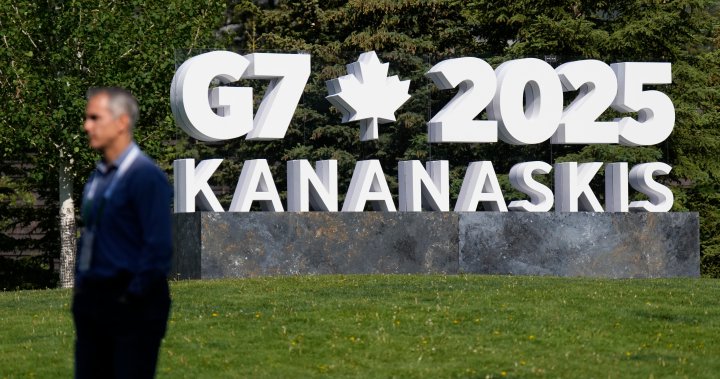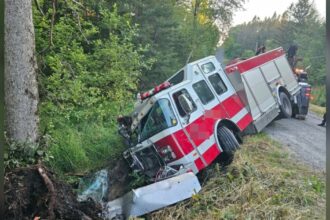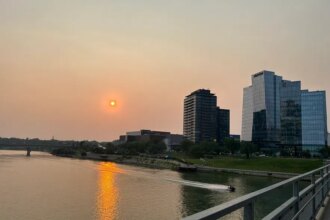The tranquil mountain backdrop of Kananaskis Country transformed into a battleground of ideologies this week as hundreds of protesters descended upon Calgary and surrounding areas for the G7 Summit. World leaders arriving at the secluded Alberta retreat were met with a cacophony of voices demanding action on issues ranging from climate change to economic inequality.
“We’ve come from across Canada to ensure our voices aren’t drowned out by closed-door diplomacy,” said Maya Rodríguez, an environmental activist who traveled from British Columbia. “These leaders make decisions that affect billions of lives while sheltered in luxury resorts far from public scrutiny.”
The protests, which began peacefully Thursday morning, intensified as motorcades carried delegates through Calgary’s downtown core. Law enforcement established a comprehensive security perimeter extending several kilometers around the summit venue, with costs estimated to exceed $400 million according to Canada News security analysts.
Calgary Police Service reported minimal disruptions despite the significant turnout. “We respect the right to peaceful demonstration while ensuring the safety of both protesters and the public,” stated Police Chief James Morrison during a Friday press briefing. “Our officers have been trained specifically for this event to balance security concerns with civil liberties.”
The summit’s agenda focuses on pressing World News issues including artificial intelligence regulation, climate action, and international trade tensions. However, protesters argue the gathering represents a failure of global governance rather than its success.
“These summits produce beautiful photographs and vague commitments that rarely translate into meaningful change,” said economist Dr. Eleanor Harris, who participated in a panel discussion organized by demonstrators. “The disconnect between G7 pronouncements and the economic reality faced by ordinary citizens continues to widen,” she told CO24 Business reporters.
Indigenous groups have established a significant presence among the protesters, highlighting concerns about resource extraction on traditional lands. “The G7 nations represent colonial powers that continue to exploit Indigenous territories worldwide,” said Martin Clearwater, an elder from Treaty 7 territory. “True climate justice requires respecting Indigenous sovereignty and traditional knowledge.”
Security measures have transformed parts of Calgary and Kananaskis into virtual fortresses, with restricted zones, identification checkpoints, and visible police presence throughout the region. Local businesses report mixed impacts, with some experiencing reduced foot traffic while others benefit from the influx of media, security personnel, and demonstrators.
The demonstrations represent the largest protest activity in Alberta since the 2002 G8 Summit, which was also held in Kananaskis partly due to its remoteness and defensibility from a security perspective. CO24 Politics analysts note that the decision to return to this location reflects growing concerns about protest management at international summits.
As world leaders continue their deliberations behind closed doors through the weekend, protest organizers have promised ongoing demonstrations. “This isn’t just about making noise for a day or two,” said union representative Samantha Chen. “It’s about building momentum for systemic change long after the summit concludes.”
With tensions running high and stakes even higher, the question remains: can these powerful nations bridge the growing divide between governmental priorities and public demands, or will the gap between summit declarations and real-world implementation continue to fuel dissent around the globe?










